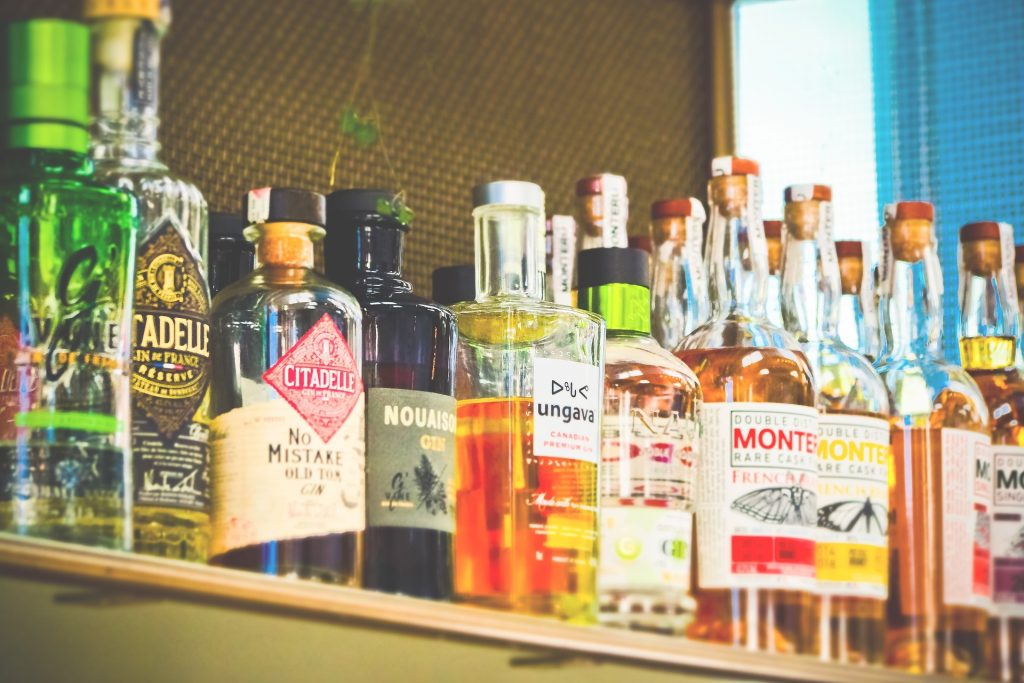Alcohol consumption can pose a significant risk for individuals with diabetes, especially when it comes to hypoglycemia (hypos). Hypoglycemia occurs when the level of glucose in the blood drops below the normal range. The symptoms of hypos can be mistaken for being drunk, which can lead to delayed or inadequate treatment. In this article, we will explore why alcohol increases the risk of hypos, how to differentiate between a hypo and being drunk, and strategies to reduce the risk of hypos after drinking.
Why alcohol increases your risk of hypos?
Alcohol can interfere with the liver’s ability to release glucose into the bloodstream, which can result in hypoglycemia. The liver is responsible for regulating glucose levels in the blood, and alcohol can impair this process by prioritizing the metabolism of alcohol over the production of glucose. Additionally, alcohol can affect the body’s ability to sense and respond to low blood sugar levels, making it harder for individuals to recognize the symptoms of hypoglycemia.
Don’t mistake a hypo for being drunk
The symptoms of hypoglycemia and alcohol intoxication can be similar, which can lead to confusion and delayed treatment. Symptoms of hypoglycemia include sweating, shaking, dizziness, confusion, and irritability. On the other hand, symptoms of alcohol intoxication can include slurred speech, impaired coordination, and impaired judgment. It is essential to be able to differentiate between the two to avoid mistaking a hypo for being drunk.
How to cut your risk of having a hypo after drinking
If you have diabetes, you should be cautious when consuming alcohol and take steps to minimize the risk of hypoglycemia. Here are some strategies that can help reduce the risk of hypos after drinking:
- Eat before drinking: Consuming food before drinking can help slow down the absorption of alcohol and prevent hypoglycemia.
- Monitor blood glucose levels: Monitoring blood glucose levels regularly can help you detect any changes and take corrective action.
- Limit alcohol consumption: Limiting alcohol consumption to one or two drinks can help reduce the risk of hypoglycemia.
- Stay hydrated: Drinking water or other non-alcoholic beverages can help prevent dehydration, which can contribute to hypoglycemia.
- Carry glucose tablets: Carrying glucose tablets or other fast-acting sources of glucose can help you quickly raise your blood sugar levels in case of a hypo.
Conclusion
Alcohol consumption can pose a significant risk for individuals with diabetes, especially when it comes to hypoglycemia. It is essential to be aware of the symptoms of hypoglycemia and alcohol intoxication and take steps to minimize the risk of hypos after drinking. By following the strategies outlined above, you can enjoy alcohol in moderation without compromising your health.
